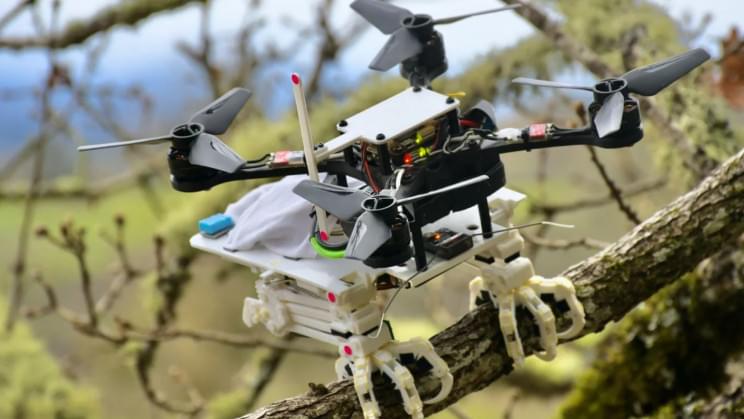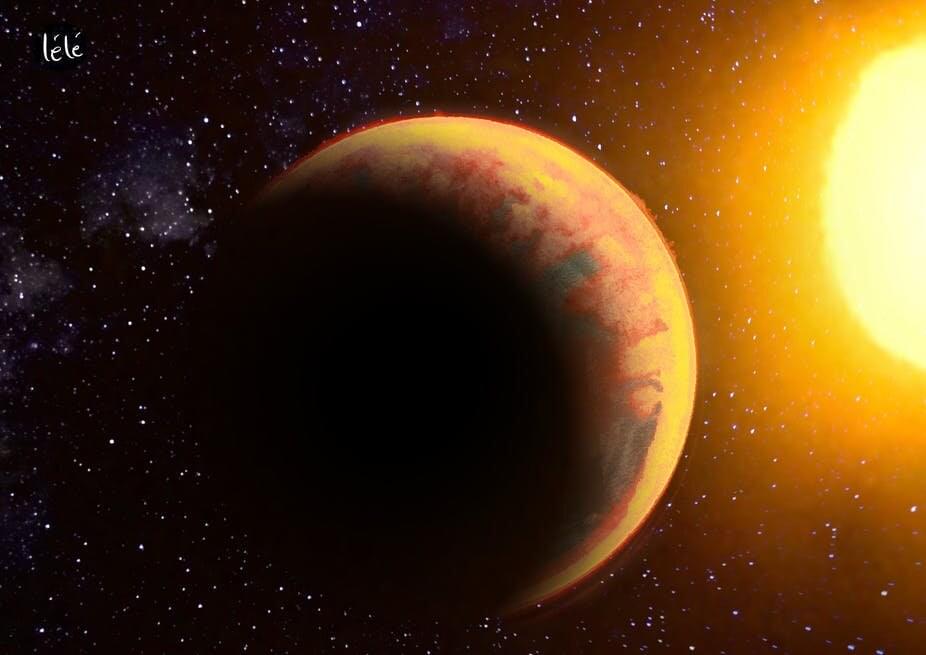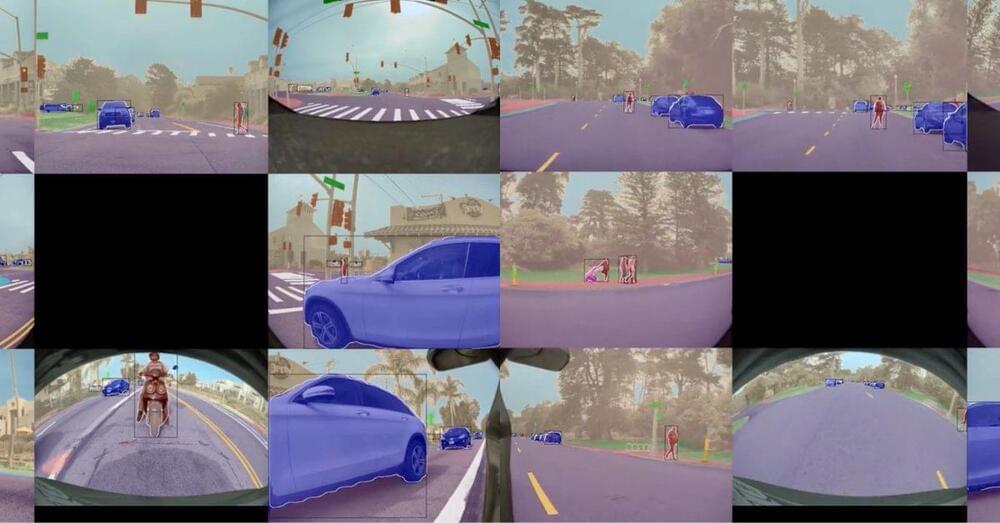Dec 2, 2021
Future Chip Innovation Will Be Driven By AI-Powered Co-Optimization Of Hardware And Software
Posted by Gemechu Taye in categories: mobile phones, robotics/AI
To say we’re at an inflection point of the technological era may be an obvious declaration to some. The opportunities at hand and how various technologies and markets will advance are nuanced, however, though a common theme is emerging. The pace of innovation is moving at a rate previously seen by humankind at only rare points in history. The invention of the printing press and the ascension of the internet come to mind as similar inflection points, but current innovation trends are being driven aggressively by machine learning and artificial intelligence (AI). In fact, AI is empowering rapid technology advances in virtually all areas, from the edge and personal devices, to the data center and even chip design itself.
There is also a self-perpetuating effect at play, because the demand for intelligent machines and automation everywhere is also ramping up, whether you consider driver assist technologies in the automotive industry, recommenders and speech recognition input in phones, or smart home technologies and the IoT. What’s spurring our recent voracious demand for tech is the mere fact that leading-edge OEMs, from big names like Tesla and Apple, to scrappy start-ups, are now beginning to realize great gains in silicon and system-level development beyond the confines of Moore’s Law alone.


















